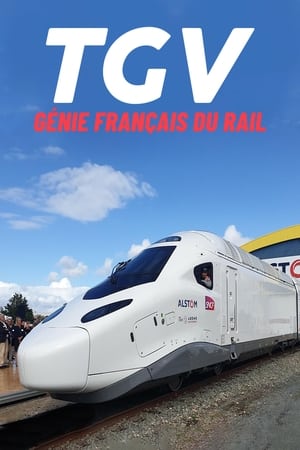
The Seattle-Tacoma Interurban Railway(1996)
A Journey Into the Past
This rich, historical documentary captures the story of the high-speed, electric transit system that sparked the growth and development of Puget Sound's twin cities during the first quarter of the 20th century.
Movie: The Seattle-Tacoma Interurban Railway
Top 3 Billed Cast
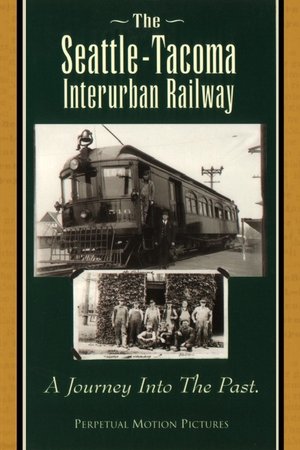
The Seattle-Tacoma Interurban Railway
HomePage
Overview
This rich, historical documentary captures the story of the high-speed, electric transit system that sparked the growth and development of Puget Sound's twin cities during the first quarter of the 20th century.
Release Date
1996-01-01
Average
0
Rating:
0.0 startsTagline
A Journey Into the Past
Genres
Languages:
EnglishKeywords
Similar Movies
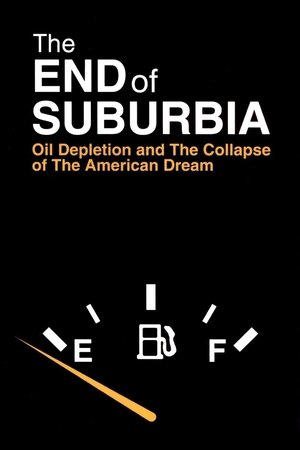 7.2
7.2The End of Suburbia: Oil Depletion and the Collapse of the American Dream(en)
Since World War II North Americans have invested much of their newfound wealth in suburbia. It has promised a sense of space, affordability, family life and upward mobility. As the population of suburban sprawl has exploded in the past 50 years Suburbia, and all it promises, has become the American Dream. But as we enter the 21st century, serious questions are beginning to emerge...
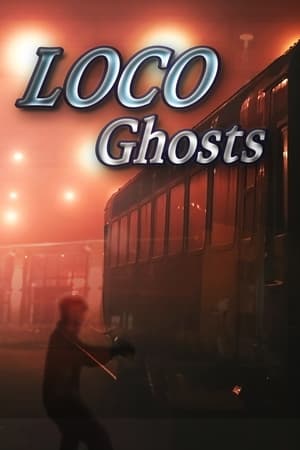 8.5
8.5Loco Ghosts(en)
Uncovering the haunted secrets at one of America's largest Train Museums with a Team of Paranormal Investigators, Museum employees and Historians.
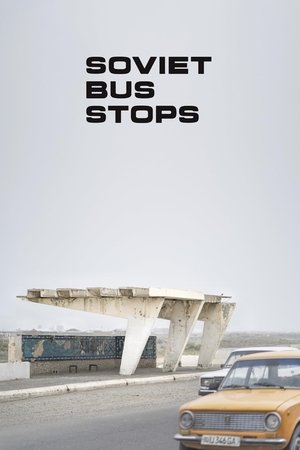 9.0
9.0Soviet Bus Stops(en)
“There’s a bus stop I want to photograph.” This may sound like a parody of an esoteric festival film, but Canadian Christopher Herwig’s photography project is entirely in earnest, and likely you will be won over by his passion for this unusual subject within the first five minutes. Soviet architecture of the 1960s and 70s was by and large utilitarian, regimented, and mass-produced. Yet the bus stops Herwig discovers on his journeys criss-crossing the vast former Soviet Bloc are something else entirely: whimsical, eccentric, flamboyantly artistic, audacious, colourful. They speak of individualism and locality, concepts anathema to the Communist doctrine. Herwig wants to know how this came to pass and tracks down some of the original unsung designers, but above all he wants to capture these exceptional roadside way stations on film before they disappear.
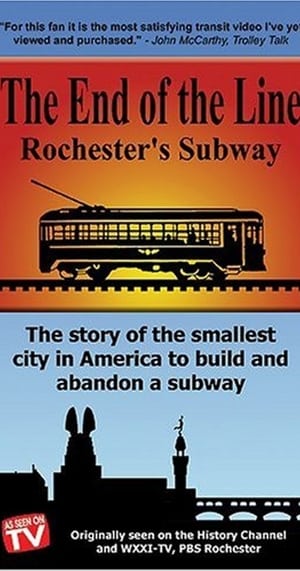 10.0
10.0The End Of The Line: Rochester's Subway(en)
"The End of the Line - Rochester's Subway" tells the little-known story of the rail line that operated in a former section of the Erie Canal from 1927 until its abandonment in 1956. Produced in 1994 by filmmakers Fredrick Armstrong and James P. Harte, the forty-five minute documentary recounts the tale of an American city's bumpy ride through the Twentieth Century, from the perspective of a little engine that could, but didn't. The film has since been rereleased (2005) and now contains the main feature with special portions that were added as part of the rereleased version. These include a look at the only surviving subway car from the lines and a Phantom tun through the tunnels in their abandoned state, among others, for a total of 90 minutes of unique and well preserved historical information.
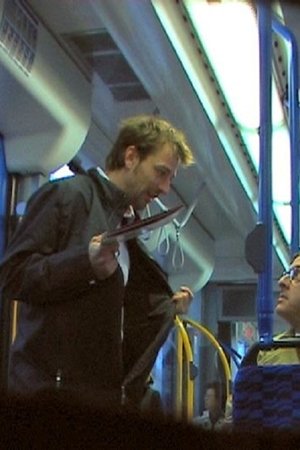 0.0
0.0Easy Rider(nl)
A young man in a tram is asking a bit too much from a stranger.
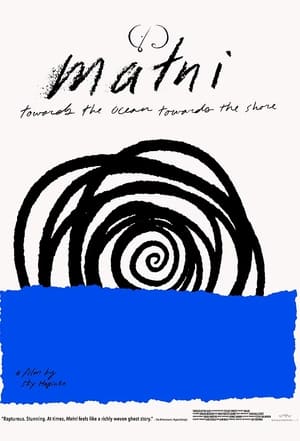 5.0
5.0maɬni—towards the ocean, towards the shore(en)
An experimental look at the origin of the death myth of the Chinookan people in the Pacific Northwest, following two people as they navigate their own relationships to the spirit world and a place in between life and death.
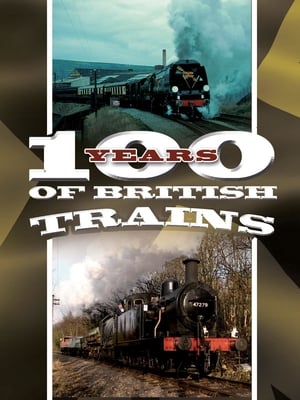 0.0
0.0100 Years of British Trains(en)
A fascinating compilation tracing the development of British trains throughout the 20th century. This program provides a record of the greatest days of steam; the magnificent express engines developed by the 'Big Four' - the GWR, SR, LNER, and LMS; many famous named trains like the Golden Arrow and the Brighton Belle, the War and Nationalism; and the amazing variety of elder locos from the 1950's.
The Outer Circle: Melbourne's Forgotten Railway(en)
In the 1870s Victorian politicians debated the virtues of constructing a 20km-long railway through Melbourne's east, simply to circumvent a privately-owned railway from South Yarra to Flinders Street Station. By 1878 the private railway had been purchased by the Victorian Government and there was no longer a need to build the orbital railway. But greedy politicians pushed legislation through parliament, authorising the construction of the railway through their own private land holdings. This is the story of Melbourne's Outer Circle Railway.
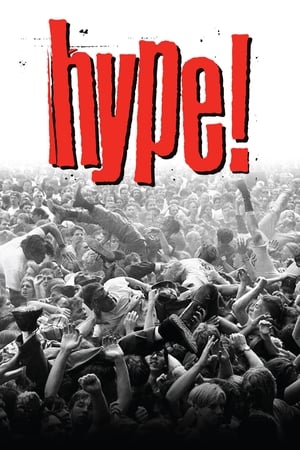 7.4
7.4Hype!(en)
This documentary examines the Seattle scene as it became the focus of a merging of punk rock, heavy metal, and innovation. Building from the grass roots, self-promoted and self-recorded until break-out success of bands like Nirvana brought the record industry to the Pacific Northwest, a phenomenon was born.
Das Zugunglück von Radevormwald – Leben mit der Katastrophe(de)
May 27th, 1971 was a rainy day. In the small town Radevormwald, the world seems to be still in order. But on this day, 46 people die in a train crash, amongst them 41 schoolchildren. Since then, Radevormwald has been connected with one of the worst railway catastrophes of Germany. The touching documentary reconstructs the tragedy and shows how much the event still influences the life in the town until today.
 7.3
7.3Grunge: A Story of Music and Rage(fr)
An extension of punk and the fury of the 70s, Grunge was built on the impossibility of living in this world without transforming it. On a categorical refusal to collaborate and the need to create your own rules. The subculture as a refuge. Grunge was a secret movement, a piracy that should never have become popular. A bubble whose epilogue was played out in 3 years, between 1991 and 1994. What happened to this rage?
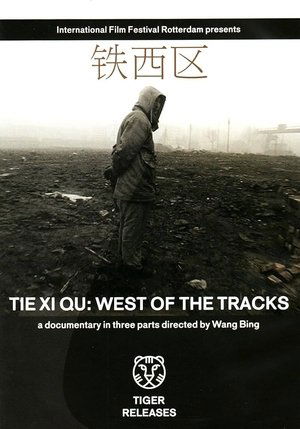 7.7
7.7Tie Xi Qu: West of the Tracks(zh)
A detailed look at the gradual decline of Shenyang’s industrial Tiexi district, an area that was once a vibrant example of China’s socialist economy. But industry is changing, and the factories of Tiexi are closing. Director Wang Bing introduces us to some of the workers affected by the closures, and to their families.
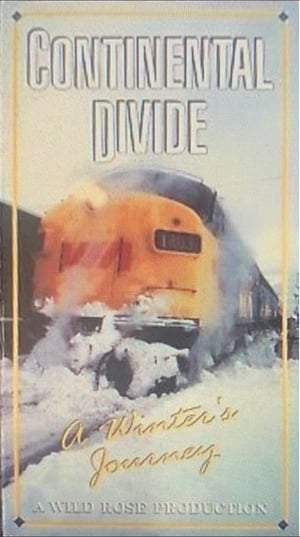 8.0
8.0Continental Divide(en)
Filmed in 1987, this documentary chronicles the journey of Via Rail's The Canadian as it makes its way across Canada.
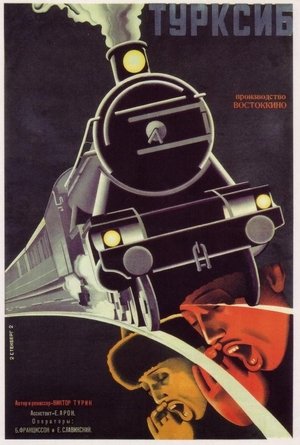 5.8
5.8The Steel Road(ru)
Bold and exhilarating documentary account of the building of the Turkestan-Siberian railway, presented as a heroic triumph of Soviet progress over natural adversity.
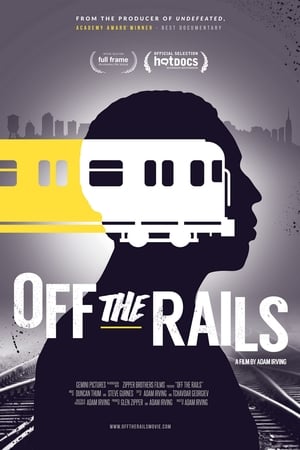 6.9
6.9Off the Rails(en)
The remarkable true story of Darius McCollum, a man with Asperger's syndrome whose overwhelming love of transit has landed him in jail 32 times for the criminal impersonation of NYC subway drivers, conductors, token booth clerks, and track repairmen.
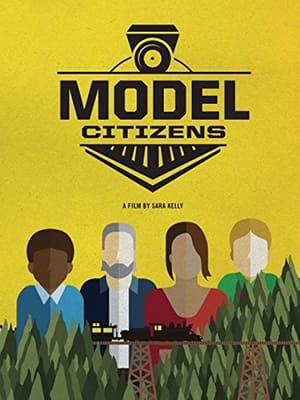 5.0
5.0Model Citizens(en)
Somewhere in the world right now--much closer than you think--people are playing with trains. You might not see them at first, but they're there. In basements. In garages. In converted Army barracks. They're among the world's most compelling underground communities.
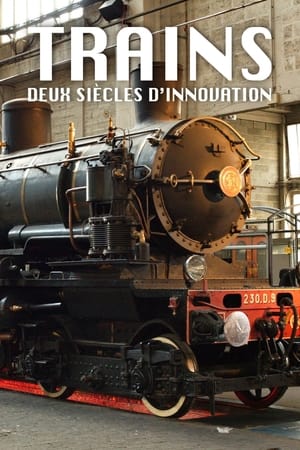 0.0
0.0Trains: Two Centuries of Innovation(fr)
Nearly 200 years ago, the train revolutionized our lives. It redrew the maps of states and nations, and changed concepts of distance and time like no other invention before. What visionaries imagined the development of the railroad? How did we get from the first chugging locomotives to the smooth giants of speed we see today? How does France's extensive rail network keep running smoothly, 24/7?
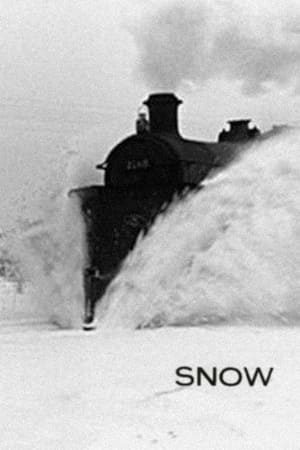 6.2
6.2Snow(en)
Comprising train and track footage quickly shot just before a heavy winter's snowfall was melting, the multi-award-winning classic that emerged from the cutting-room compresses British Rail's dedication to blizzard-battling into a thrilling eight-minute montage cut to music. Tough-as-boots workers struggling to keep the line clear are counterpointed with passengers' buffet-car comforts.
